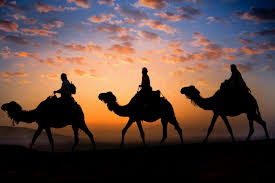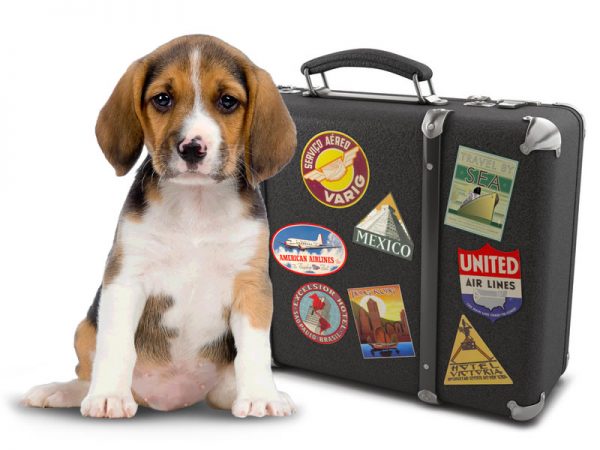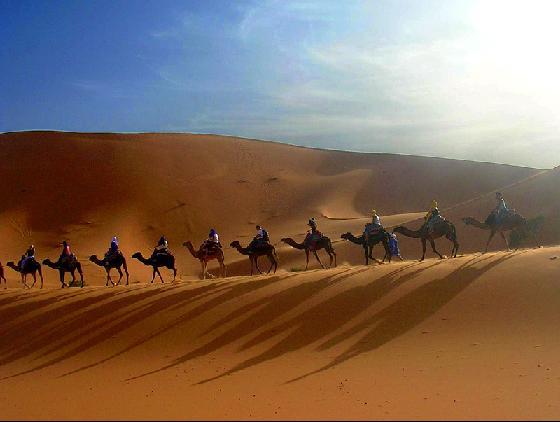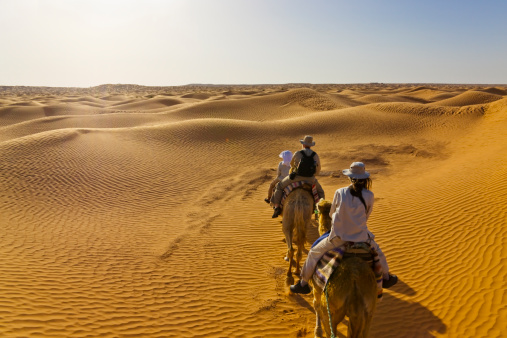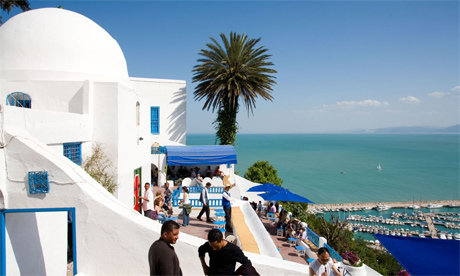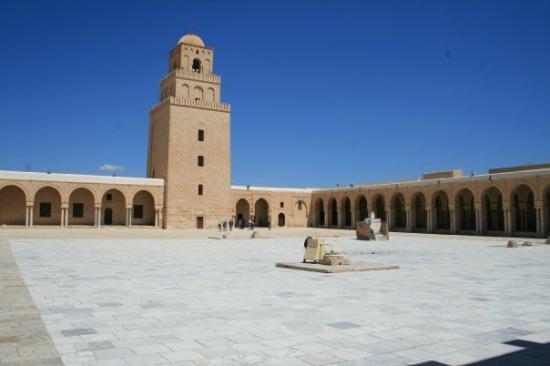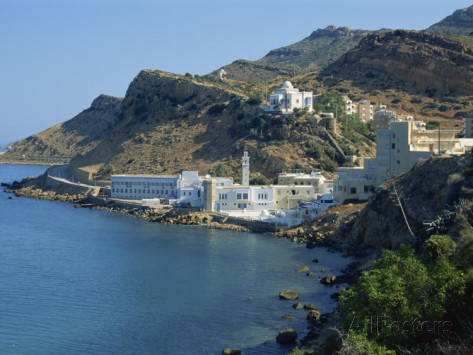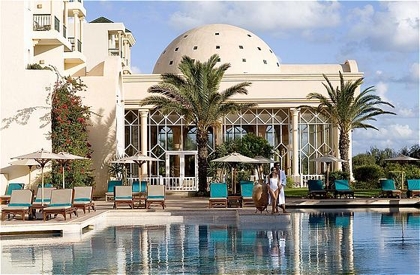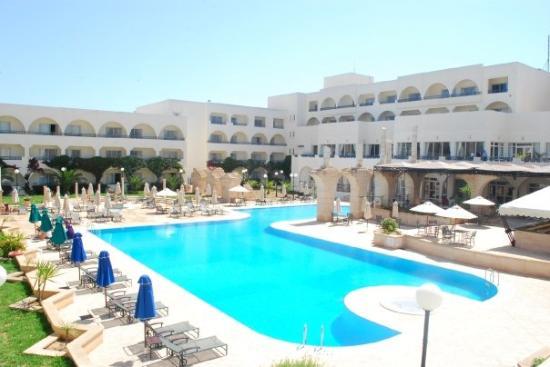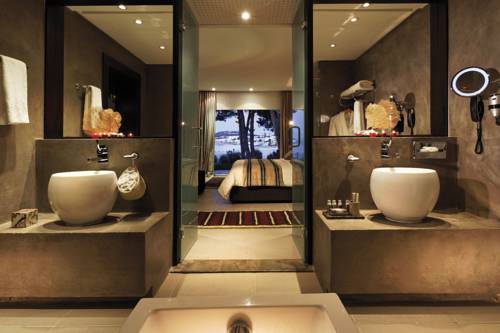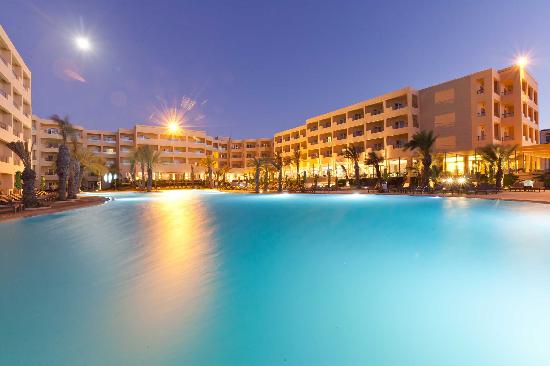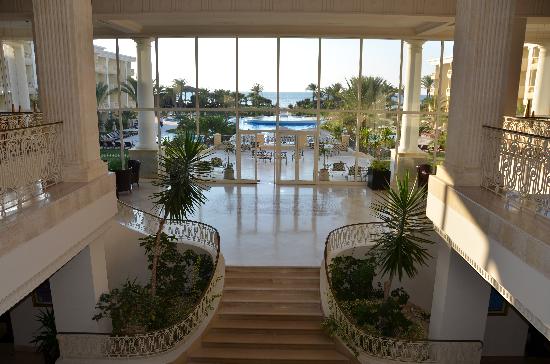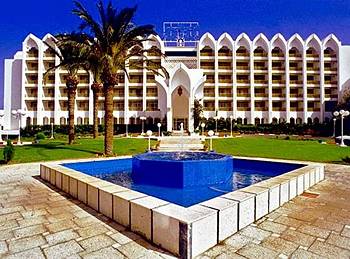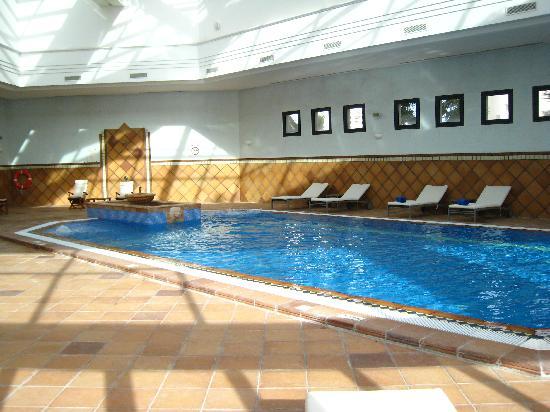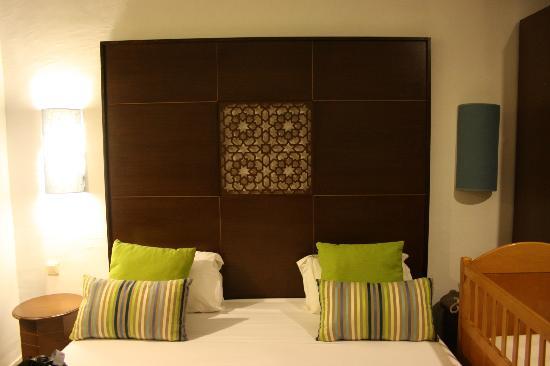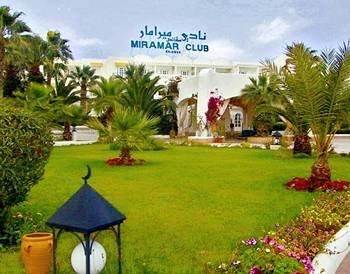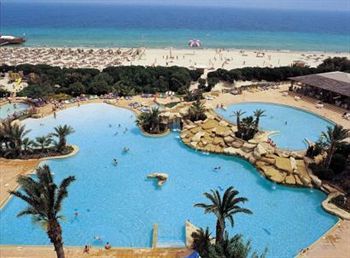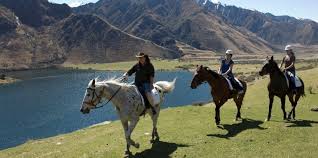
The image of someone darting across the desert on horseback might seemingly be reserved for the movies – but don’t head to Tunisia with this misconception.
While beaches, camels and a whole load of other activities are the main selling point for a lot of travel agents, something which often slips under the radar is horse riding.
In short, this is an activity which is soaring in popularity. Some people might head there and participate in a short session, perhaps lasting half a day. Something which has become more common are the longer rides though – allowing you to really dive into the country and find everything from untapped attractions to camping in the desert.
Following on from the above, it’s no surprise that there’s plenty of demand for horse riding in this country. We have attempted to condense as much information on this subject into this guide; looking at just what a typical ride can incorporate, as well as how you should prepare before you venture out.
What is the basis of a horse riding trip in Tunisia?
This is a question which is particularly hard to answer, for the simple reason that there’s not a one-fits-all approach. As you have probably found whilst researching this topic, there are countless horse riding services now in the country – with some offering a ride for as little as an hour, while others will take you all around the country for weeks at a time.
In the first instance, where you will only be riding for a short period of time, it’s all about the animal. In other words, while you might come across some interesting sights, the basis is that you’ll be getting used to riding on horseback.
When you consider a longer ride, things start to get a little more eventful. Firstly, there is the accommodation factor. It probably won’t come as a surprise to read that a lot of your accommodation will be out in the wild or in other words, you will be camping. For those of you who crave luxury, you needn’t fear though. You won’t be pitched on the floor – you will be sleeping in proper beds in at least moderate style. From time to time some operators might provide a hotel, but on the whole a lot of horse riding treks are accompanied by camping.
In terms of what you will be seeing, it largely depends on the area you travel around. For example, if you turn to Southern Tunisia, some tour operators will show you El Ksour – a traditional fort which is hidden away in the caves. As well as this, you’ll get to see cave houses and immerse yourself in the surrounding culture.
Another common destination is the Sahara. As you might expect, nothing even rivals galloping over these sands and you’ll set eyes on dunes, mountains and everything else that the Sahara has to throw at you. It’s not all stereotypical either; some tour operators really will mix things up and look to provide you with unique experiences, such as bathing with horses, or climbing around nearby structures, which really does bring something else into the trip.
So, while there isn’t a clear set of guidelines for one of these tours, it’s not all about riding on horseback. Sure, this is a major part of it – but as part of your expedition you will set eyes on a variety of attractions which are not even contemplated when a lot of people book a trip of this magnitude.
Is there anything you should prepare beforehand?
Just like the answer to the last question, a lot depends on the type of trip you have chosen.
In the case of a short expedition, it’s all about clothing. In other words, it’s going to be hot, and you need to ensure that your body is sufficiently protected. It should hopefully go without saying that you have steady access to water as well; make sure this is in a position which you can easily reach when you are on the horse.
For longer rides, the preparation guidance is somewhat difference. While it will be very hot during the day (if you are traveling during the summer months), at winter the temperature can sharply drop if you are in the Sahara. It means that you need to layer up accordingly and make sure that you can easily adapt to the heat or low temperatures. It’s also worth mentioning that if possible, for obvious heat-reasons, you should avoid summer travel. While some people will be able to withstand it, many find that it’s just too hot and hinders the whole experience.
There are a few pieces of advice in relation to your health as well. Firstly, you’ll need to make sure that you are under 85kg – as this is the maximum weight that many horse riding companies will permit on their animals. It means that you will have to engage in at least some cardiovascular training beforehand so you can lose weight and be fit, with this likely to aid with the moments that you will be traveling on-foot. This is because there are areas of journeys which just aren’t suitable for the horses and you will have to work to guide them over them.
A lot of your other training will relate to your strength. Your core should be specifically targeted, as this can aid with your balance significantly, which is really important when it comes to staying on horseback for a long period of time. Fortunately, the recommended exercises are pretty easy in this case and will tend to come in the form of ab crunches.
You should look to improve your strength in your quads and glutes as well. This is mainly due to the fact that your legs will need to “grip” hold of the horse at times, meaning that strength in these areas will help your cause drastically. One of the best exercises to improve this is wall squats.
A finishing note on horse riding in Tunisia
We have hopefully provided a good starting point for those of you who are looking to take advantage of Tunisia’s latest phenomenon. Horse riding is become incredibly popular and considering some of the sights that you can explore, it’s really no surprise why.
Of course, there are a few caveats. Contrary to what a few inexperienced riders might think, you do need to prepare. This doesn’t just revolve around the weather either, but also your general fitness. If you can get that in shape several months before you depart, you really will be in a grand position by the time you mount.



